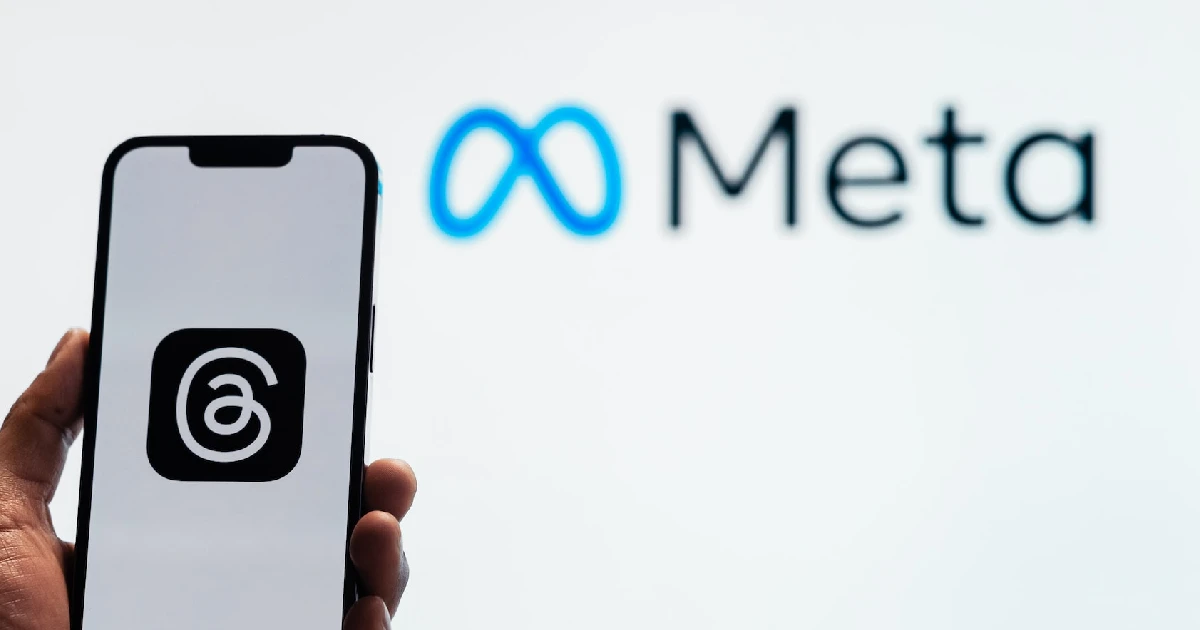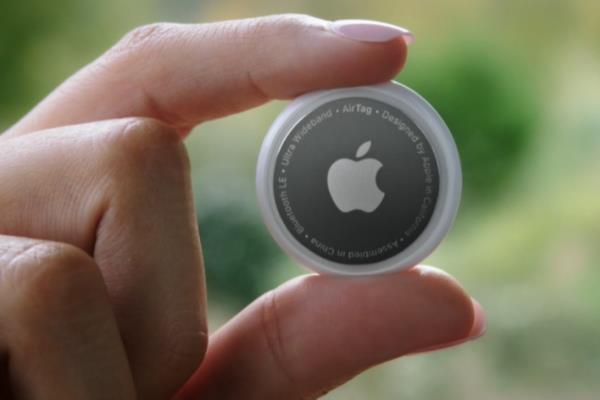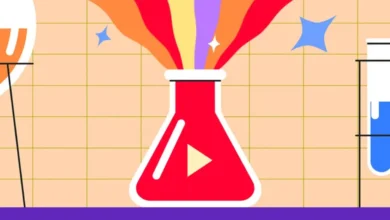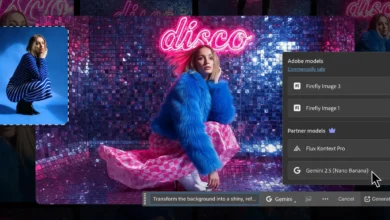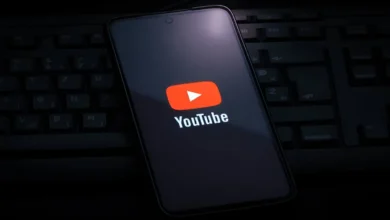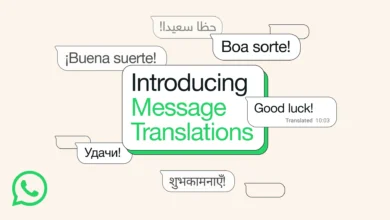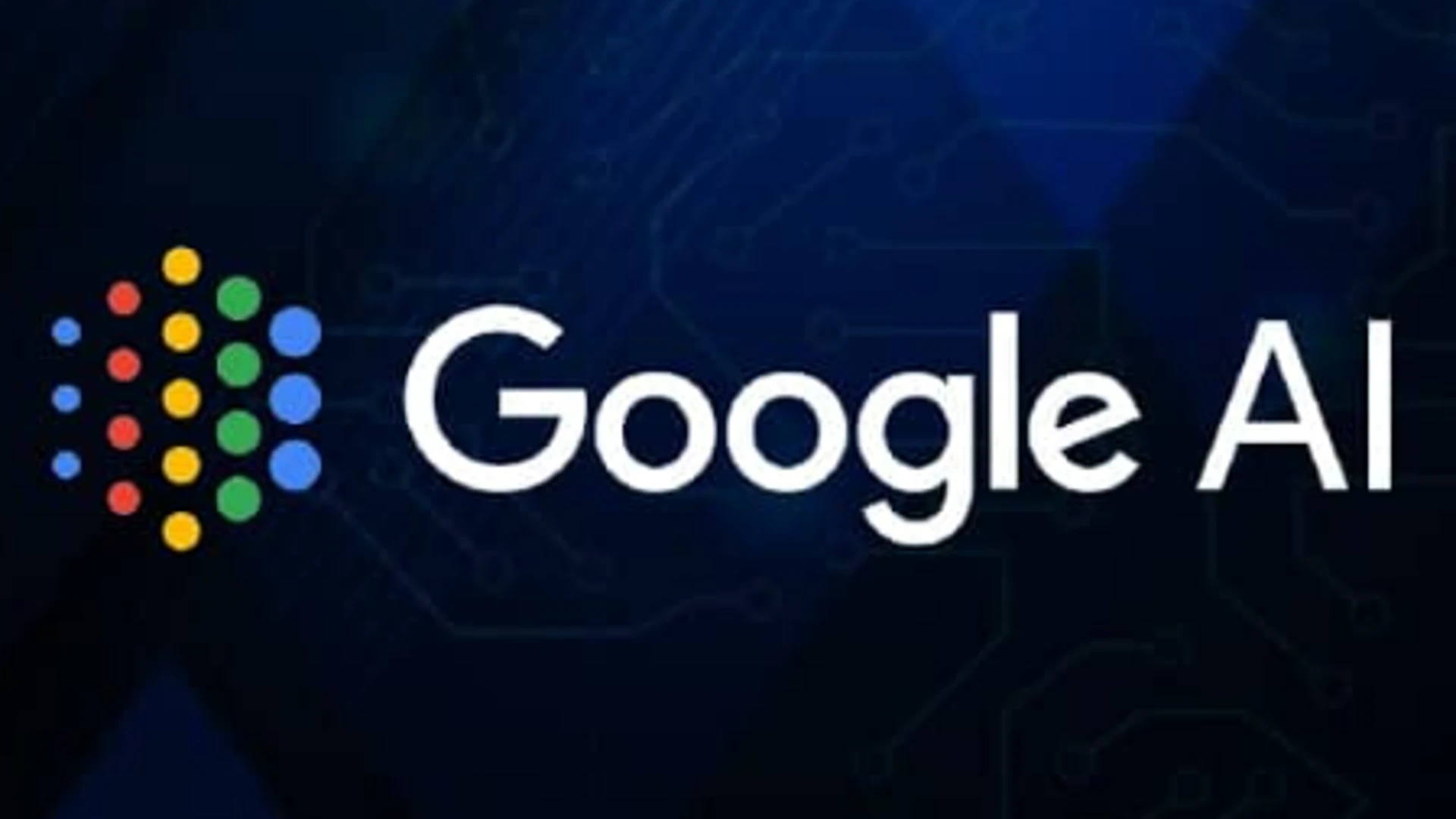
Google’s Imagen AI is an exciting new text-to-image generator that shows immense promise. Version 2 of Imagen builds on the capabilities of the original model and offers users even more creative possibilities.
Imagen 2 is an AI system from Google that generates images from text descriptions. It is built using a technique called “diffusion models” that progressively refines an image over multiple steps.
Imagen 2 represents a major upgrade over the original Imagen model. It produces images with much more detail and accuracy. The images have a very painterly style, with smooth blends of light and color.
Comparison with Competitors
The first version of Imagen, released in May 2022, was limited to only generating basic character images and cityscapes. The quality was not yet comparable to other text-to-image AIs at the time.
With Imagen 2, Google has caught up to competitors like DALL-E 2, Midjourney, and Stable Diffusion. All four models can now produce stunning, creative images from text prompts. A difference is that Imagen 2 is focused more on photorealism, while the others have a more artistic/painterly style.
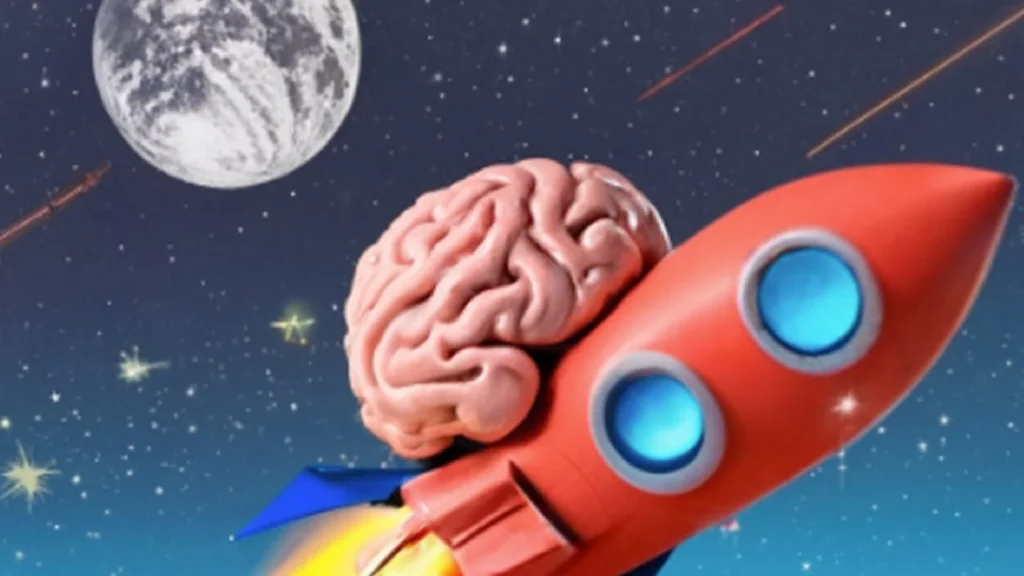
Features of Imagen 2
Artistic and Photorealistic Image Generation
Imagen 2 generates images through a process called “diffusion models.” Imagen 2 can produce images that look remarkably realistic and detailed.
At the same time, Imagen has an artistic sensibility. The lighting and color blending creates a subtle, painterly style.
This combination of photorealism and artistic style makes Imagen well-suited for:
- Concept art – bringing imaginary scenes to life
- Book/album cover illustrations
- Posters and graphics
It may not match other AIs for completely photo-accurate images, but has its creative niche.
Inpainting, Outpainting, and Reference Image Usage
Imagen 2 comes with advanced capabilities like inpainting and outpainting. These allow you to extend or fill in parts of an existing image.
Inpainting can intelligently fill in missing portions of an image. Outpainting can extrapolate beyond the image borders to expand a scene.
In addition, Imagen 2 uniquely lets you provide reference images to help guide the image generation process.
The reference image capabilities show promise for tasks like:
- Filling in missing parts of an old family photo
- Changing the landscape around a building
- Generating accurate images for a specific bird breed
It will be exciting to see how researchers expand on these features in future updates to Imagen.
How to Try Imagen 2 for Yourself
Imagen 2 is currently aimed at developers and businesses. But regular users can still access it for free through a Google Cloud account.
Here is the sign-up process:
- Go to cloud.google.com and click on the “Start Free” button.
- Follow the instructions to create an account and set up a billing profile. Don’t worry, you will not be automatically charged at the end of the free trial.
- Once your account is ready, click on the “Console” button to access tools like Imagen.
- In the menu, go to Vertex AI > Vision > Studio to start using Imagen 2.
The initial setup takes a few minutes, but then you’ll have access to Google’s powerful AI image creator.
Use Imagen 2 through Vertex AI Suite
After creating your Google Cloud account, Imagen 2 can be accessed through Vertex AI – Google’s machine learning platform.
Specifically, Imagen is available in Vertex AI Vision, which focuses on computer vision applications like image classification, object detection, and of course, image generation.
In the Studio interface, you can:
- Enter text prompts to generate images
- Adjust parameters like image size and sampling methods
- Provide reference images for guidance
- Quickly iterate to refine the final output
The Studio provides a user-friendly way to harness Imagen 2’s capabilities. The integration with Vertex AI enables other applications like using Imagen-generated images to train custom AI models.
Explore Imagen 2
Imagen 2 opens up exciting possibilities across many fields:
- Media & Entertainment: Concept art, book illustrations, graphic design, advertising
- E-Commerce: Product prototyping, lifestyle imagery
- Social Media: Custom images/memes for engagement
- Education: Illustrations for textbooks, interactive lessons
- Healthcare: Modeling anatomical structures, medical diagrams
The ability to quickly generate custom photorealistic images unlocks creativity for many applications.
Even as an individual user, you can find daily utility with Imagen 2. Some examples:
- Profile pictures and avatars
- Video thumbnail creation
- Printing stickers, posters, and artwork
- Mocking up ideas for home improvement projects
Conclusion
Ready to give this creative AI a spin? Sign up for a free Google Cloud account and try Imagen 2 in Vertex AI Vision Studio.
Experiment with different text prompts and image styles. See how you might apply these AI-generated images in your projects for work, education, or just casual fun.
This technology is still in the early stages but already shows immense promise. Have fun unleashing your imagination with Imagen 2.

